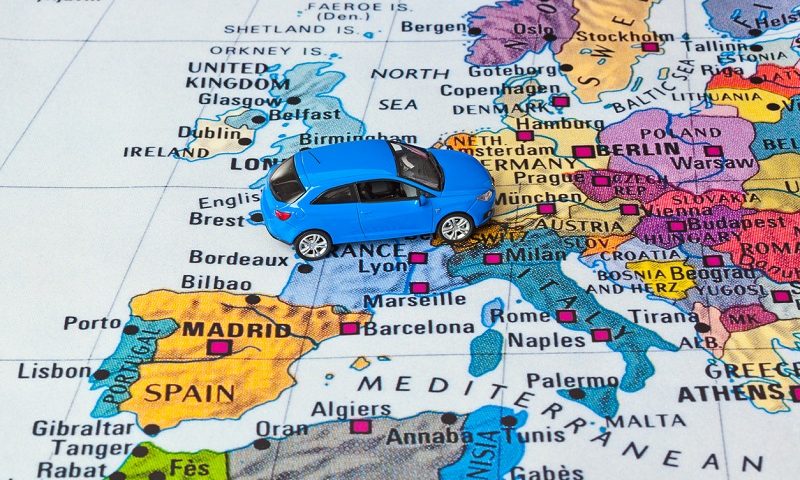Driving in Europe after Brexit

The UK has left the European Union, so what does that mean for driving on the continent?
On 24th December 2020, the EU and UK agreed a post-Brexit trade deal. This means that as of 1st January 2021, there are new rules for Brits looking to drive in Europe.
Here’s everything you need to know about driving in Europe after Brexit…
Will my driving licence be valid?
In most cases your normal UK driving licence will still be valid. However, there are some exceptions where you may also need an International Driving Permit (IDP).
If you only have a paper licence, or your licence was issued in Gibraltar, Guernsey, Jersey or the Isle of Man, you will need an IDP.
An IDP can be bought at Post Offices for £5.50.
According to the DVLA, more than three million people in the UK only hold a paper licence. The government advises anyone without a picture card licence to check with the embassy of the country they’re planning to visit before they travel, in case of any additional requirements.
Has my car insurance changed?
Yes, but only a little. You will now need a Green Card to prove your car is covered to drive in Europe – this can be provided by your insurer.
Contact your insurer at least six weeks before travelling to get your Green Card in time for your trip.
Remember, you’ll need separate Green Cards for trailers and caravans.
You should also check what level of cover your Green Card will give you, as this may be different from the cover you get in the UK.
What about GB stickers?
If your number plate does not already have GB on it, either alone or alongside a union flag, you will need a GB sticker. If the GB on your plate is alongside an EU flag or the flag of England, Scotland or Wales, you will also need a sticker.
For driving in Spain, Cyprus or Malta you need a GB sticker no matter what’s on your number plate.
Anything else?
This is everything you should need to stay safe and legal on European roads:
- A valid UK driving licence
- Passport
- Vehicle registration document(s)
- International driving permit(s)
- Insurance Green Card(s)
- GB sticker
Are you all set to drive into the New Year? Here are the new motoring laws you need to know about in 2021.


